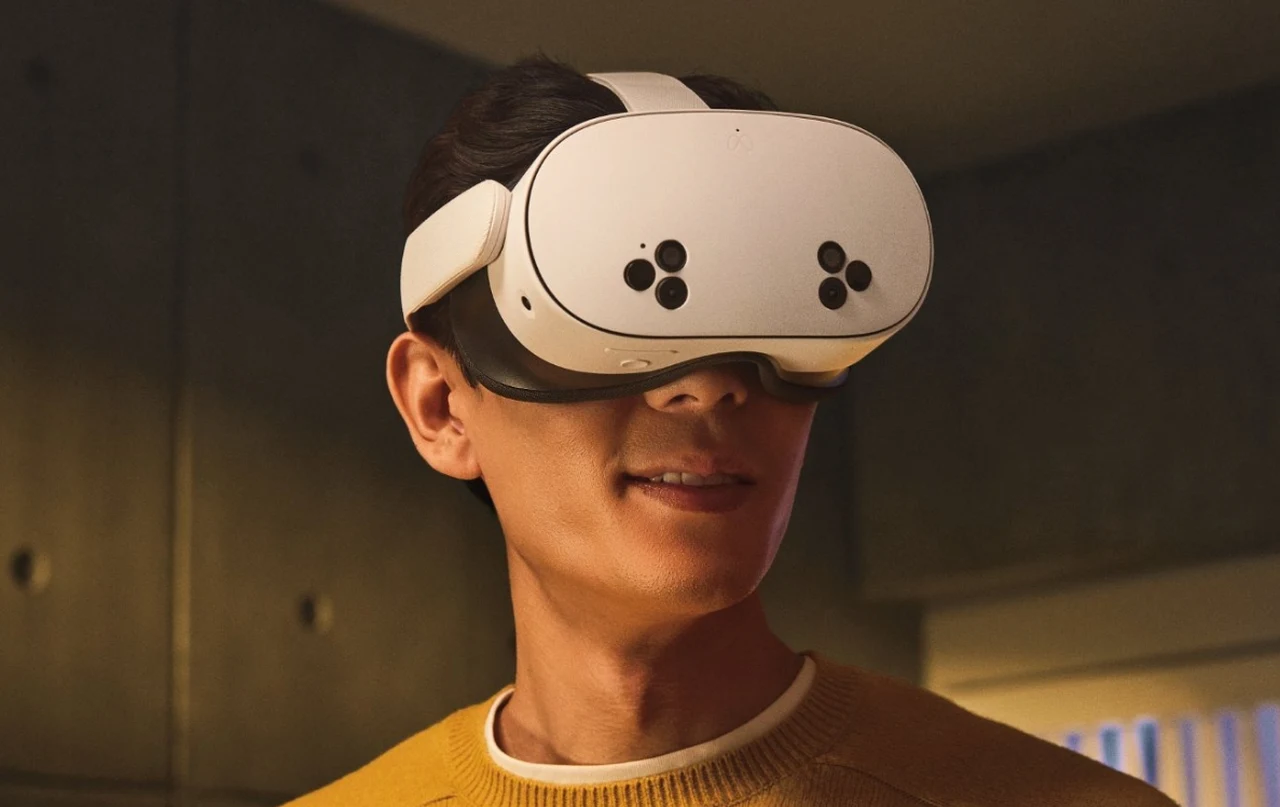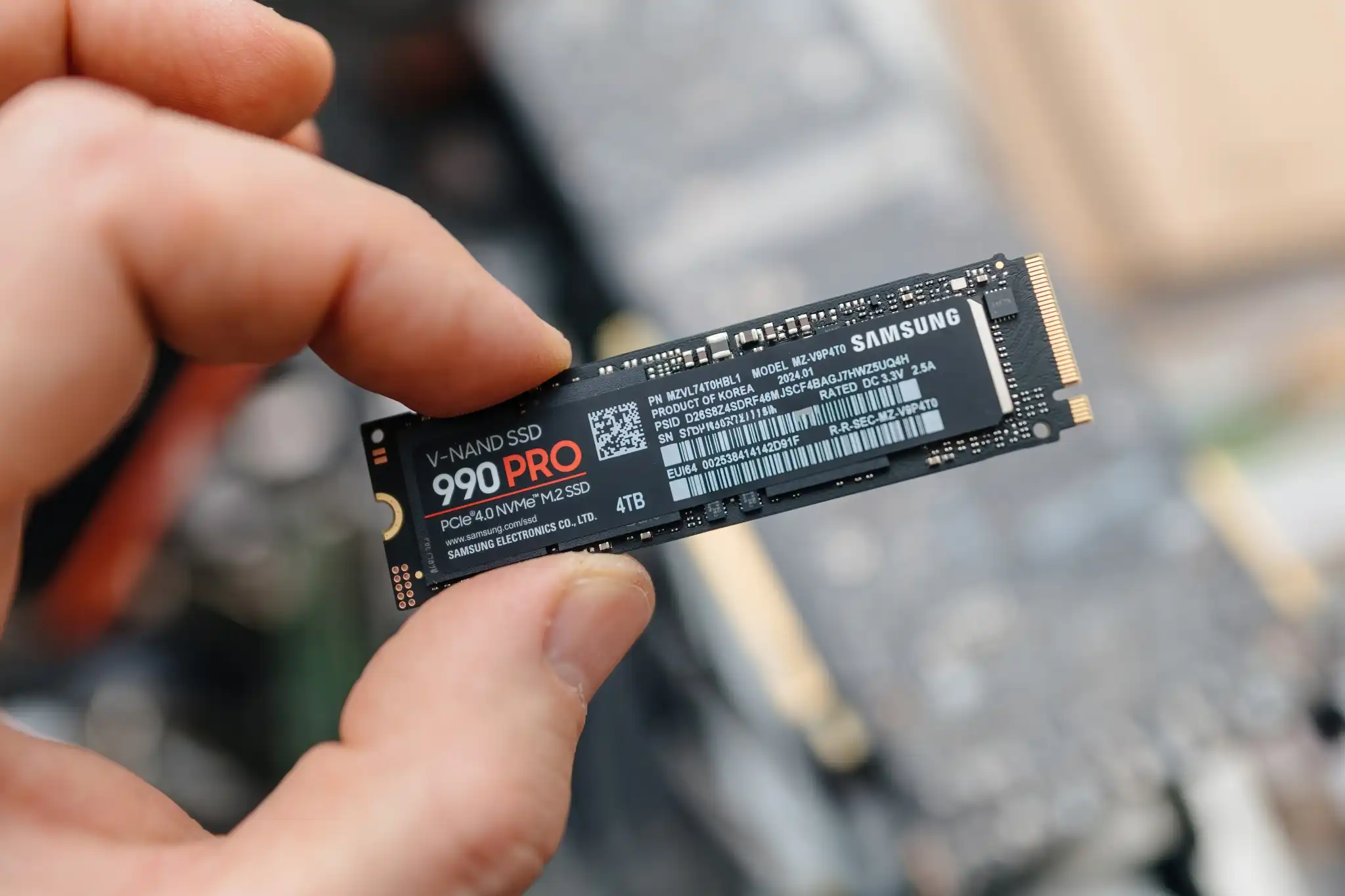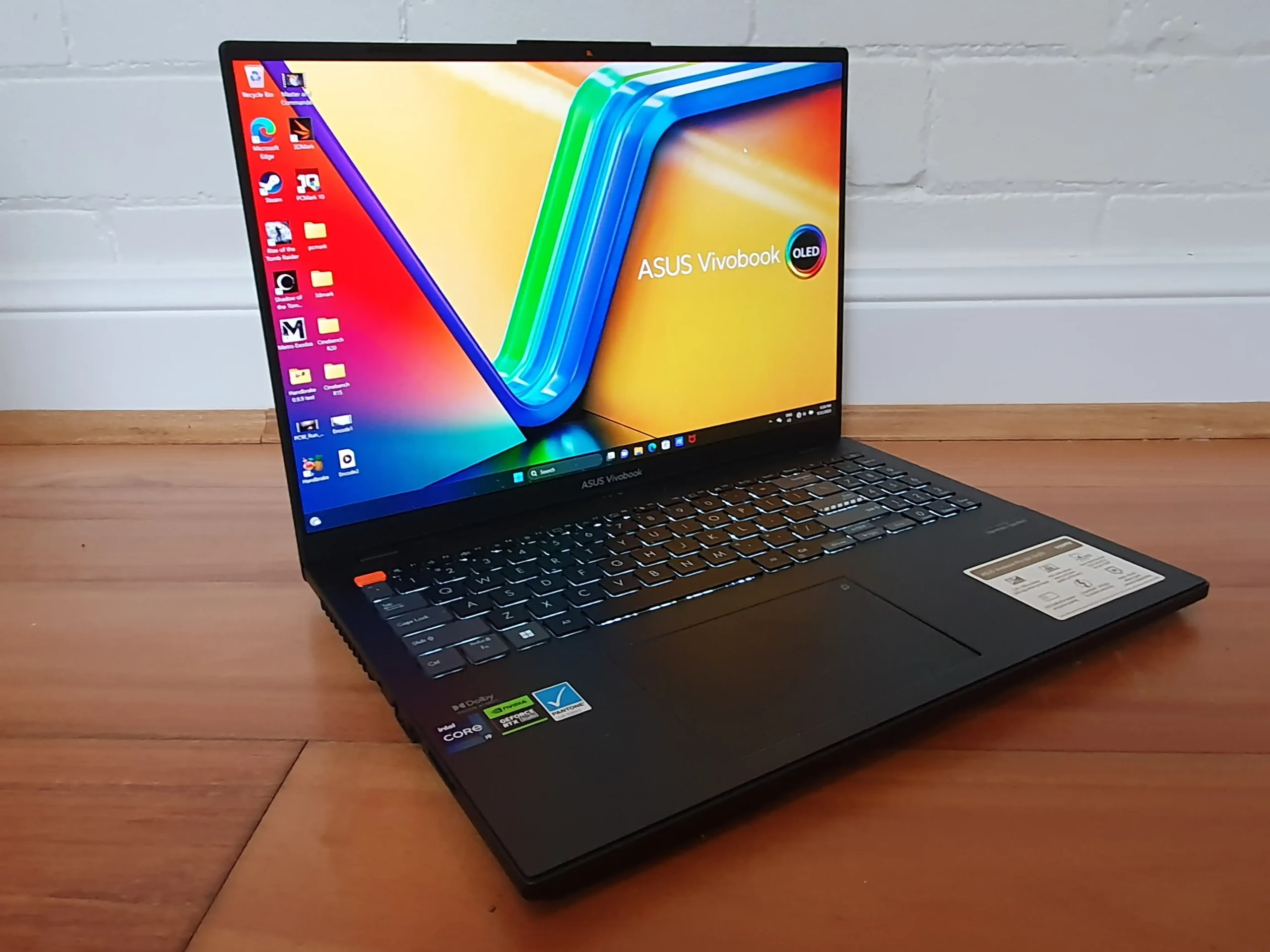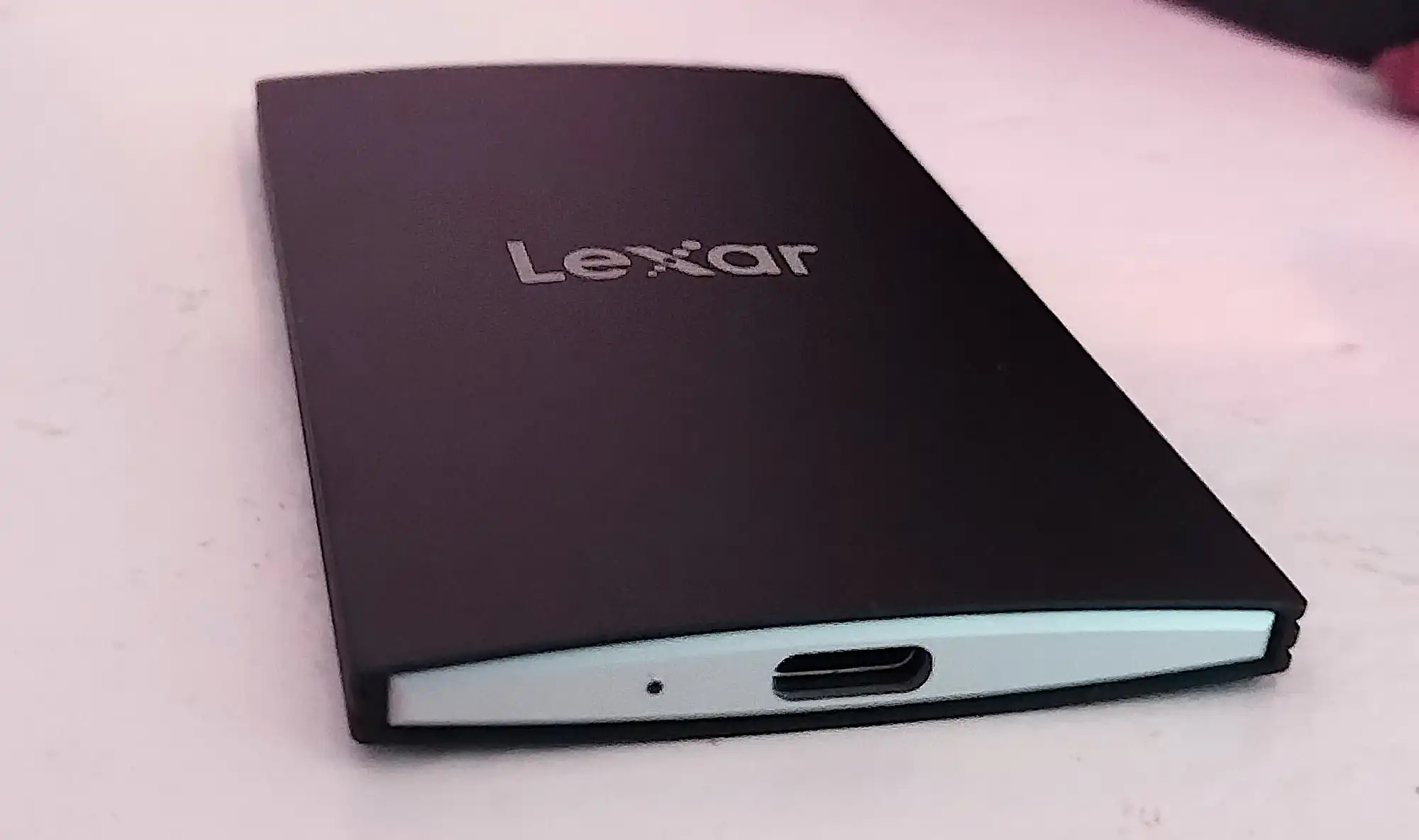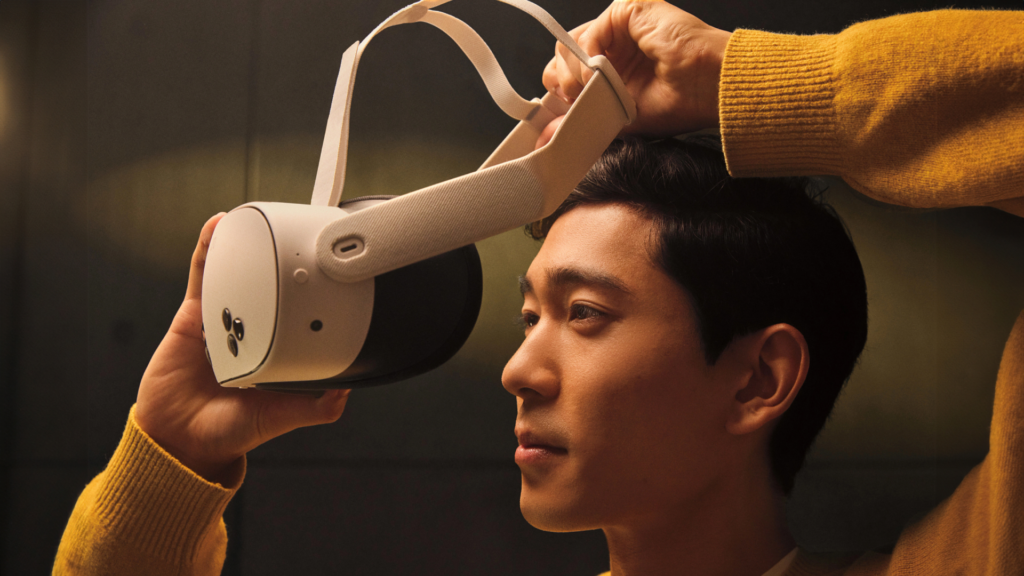
The Meta Quest 2 continues to reign as the world’s most popular VR headset, according to Steam’s hardware survey, which serves as a reliable gauge of the VR headset market. Boasting a commanding 38 percent market share, it has more than double the share of Valve’s own Index HMD. However, the newer and significantly advanced Quest 3 trails far behind with only 17 percent market share. So, what’s the reason for this disparity?
The answer lies primarily in pricing.
The Quest 2 remains the most affordable standalone VR headset available at most retailers, including crucial brick-and-mortar stores where potential buyers can experience VR demos firsthand. It also offers the flexibility of connecting to a gaming PC via Steam, enhancing its functionality compared to PC-only headsets, albeit with less complex technology.
Initially launched at $250 in 2020, the Quest 2 has been available at various price points and bundles since its debut. While it isn’t an impulse buy, it’s competitively priced alongside devices like the Nintendo Switch.
In contrast, the Quest 3 debuted at a price of $500 for its base model, placing it in direct competition with premium gaming consoles like the PlayStation 5 and Steam Deck. It’s no surprise that sales haven’t surged.
To address this issue, Meta is introducing the Quest 3S, a more affordable variant set to launch on October 15th for $300, significantly closer to the Quest 2’s price point. While it may lack the sleek “pancake” lenses of the Quest 3 that contributed to its thinner profile, it retains most key components of that enhanced design.
Among those features are the Snapdragon XR2 processor, 8GB of RAM for standalone gaming, color pass-through cameras for augmented reality, and updated motion controllers that do away with the previous plastic halos.
Meta is also discontinuing the Quest 2, which has been sold alongside the Quest 3 for the past year, along with the $1,000 Quest Pro. The latter was initially launched at $1,500 as a showcase for cutting-edge VR technology, aimed primarily at industrial applications.
With these changes and a significant price reduction for the Quest 3, even as it remains a premium option compared to the Quest 3S, it appears Meta is earnestly targeting budget-conscious consumers—a necessary move given the circumstances.
Meta’s Reality Labs has been losing billions quarterly as the company invests heavily in a VR and AR future that hasn’t yet materialized. Despite integrating with widely-used social media platforms and benefiting from a multi-year pandemic that seemed ideal for promoting virtual spaces, both individual users and businesses have hesitated to embrace Mark Zuckerberg’s vision of a metaverse. The idea of a VR environment owned, monetized, and crypto-enhanced by Facebook is unappealing to many.
However, this doesn’t imply that VR and AR are failures in terms of technology. There’s still substantial investment from companies like Apple, Samsung, Google, and Valve in this field, even if the fervor has waned. Yet, with finite resources, Meta must focus on selling headsets to become profitable and build a platform. Making these headsets more affordable is the first crucial step, albeit one that has taken Meta an extra year and approximately $20 billion to realize.

